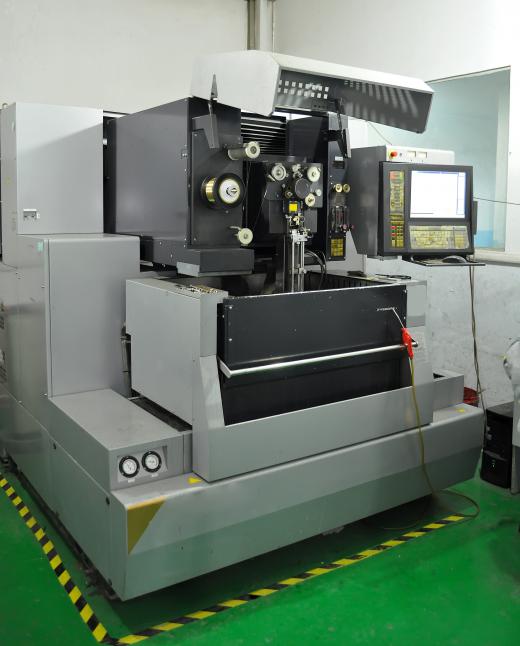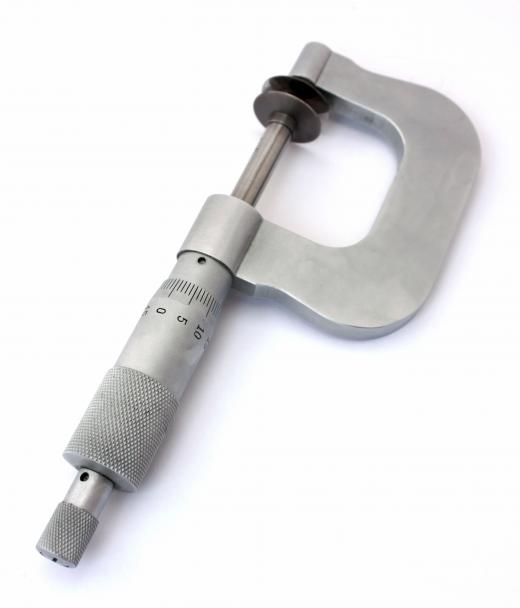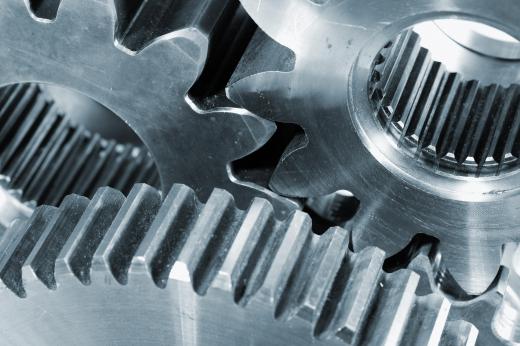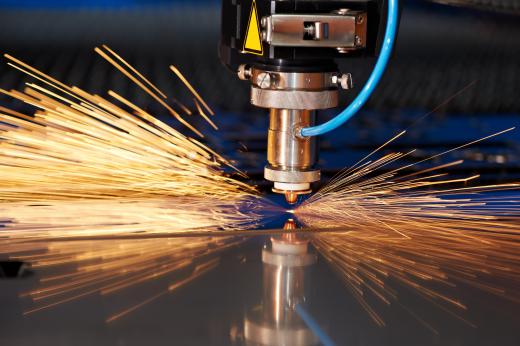A machinist uses a variety of tools to produce or repair metal parts. Some machinist tools are quite large and are used to cut, drill or thread. These include milling machines, drill presses, lathes, saws, and grinders. Numerous tabletop and hand tools are also found in machine shops, such as calipers, gauges, belt sanders, and verniers. Job shops and some precision shops frequently use manual controlled tools, while production shops employ computerized numerical control (CNC) machines.
Mills are some of the most versatile machinist tools. The mill feeds material past a rotating tooth cutter which can cut both flat and irregular surfaces. It can also be used for gear and thread cutting, drilling, boring, slotting and keyway cutting. Milling machines can be either vertical or horizontal, depending upon the placement of the spindle to which the cutter is attached.

Lathes are the most widely used machinist tools. Unlike mills, which hold the material stationary while the cutter moves, lathes rotate a piece of material around a stationary cutting tool. These tools are used with metal, wood and glasswork. They can cut, plane surfaces, and screw threads. Pool cues, candlestick holders, ornate chair and table legs, baseball bats, wooden dishes, and musical instruments are also shaped with lathes.

Grinders are hand-held power tools which use abrasive discs to remove excess material from a finished piece. Angle grinders can be motor, gas or pneumatic (compressed air) powered. Die grinders are generally pneumatic tools and use a burr or stone instead of a disc. Bench saws, jig saws, and band saws can also be found in most machine shops.
Machinist tools also include a variety of calipers. These are used to obtain precise measurements of both inward and outward dimensions. The vernier caliper, invented in the nineteenth century and still one of the most commonly used, measures to the thousandths of an inch. Dial indicators, planer gauges, ring gauges, and telescoping gauges also measure tolerances of machined parts.

The need to mass produce large quantities of identical parts has led to computerized machinist tools. These are traditional mills, lathes, etc., which have been designed to be controlled by computers instead of hand wheels and dials. Creating a part often entails a series of steps using several machines. In some shops, individual CNC lathes and mills are used, with a human or robotic operator moving the part between machines. Other shops use a CNC machining center which combines multiple machines in a single cell.

The type of machinist tools and cutting attachments available vary depending upon the type of material being machined. Cutting tools for ornamental work are very different from those used for automobile machining or glass blowing. Manually operated machines require dexterity and mechanical aptitude. Some computer training is needed to operate CNC machines. All machine work requires knowledge of the type of material being processed.
